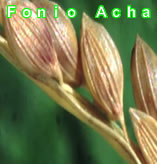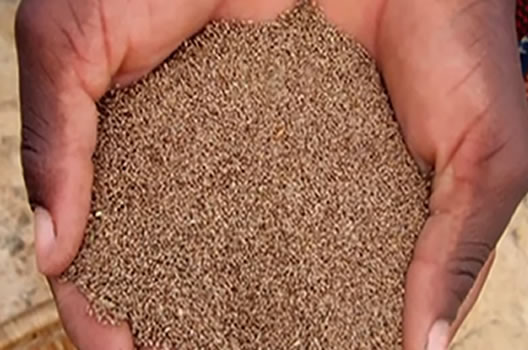
Fonio is Food for the Human Beings in 2025
Fonio is Food for the Soul
Fonio is Great for the Environment
Fonio is Food
Fonio acha hungry rice is food for the humanity/human beings. When cooking and eating acha, fonio become acts of sharing and food is
more than just nourishment for the human body, but about human culture.
Food can be only upgraded to this level of status if we understand where it comes from. Cooking gives us the opportunity to
investigate things that are part of natural DNA (Deoxyribonucleic Acid).
Cooking food has the ability to express who we are, and occasion it is food that aids us recall past memories, emotions and
thoughts deeply rooted in our core childhood.
By 2050, there could be over 10 billion human beings on Earth.
How will we feed this rapidly growing world population without destroying our planet Earth?
The answer is "FONIO ACHA"
Why? As you know the modern agriculture has been great for mass production of food. It has helped fight famine, and allowed big industries
to be built across the world.
But it had lots and lots of limitations and could destroy human race if cares were not taken fast! For examples, there are too
many acidity foods been produced and are bad for human consumptions. As a result there are too many unknown diseases and illness.
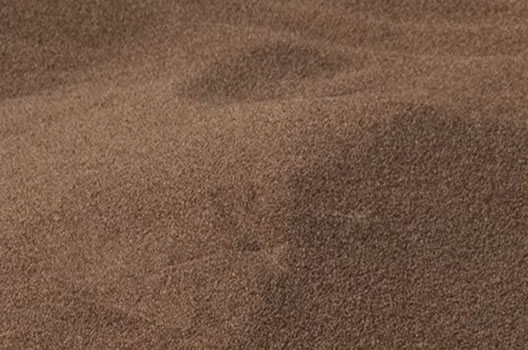
Close up fonio in the sunshine to dry#2
These industries weren’t designed with the longevity of our beloved planet in mind. Today's vast food production is causing
approximately 30 percent of world the world's greenhouse gas emissions. Human beings use 70 percent of the available portable
water on earth to grow our food.
To worry primarily concerning grain attainment isn't enough: exactly what counts is the amount and high quality of the food items the gets into people's bodies.
Today, sadly, that much of the Africa's cereal crop never gets that far—it spoils or is lost sometime after the harvest.
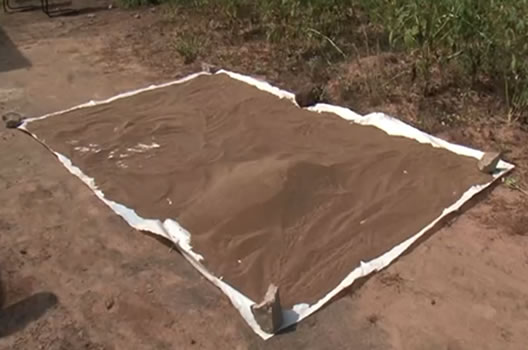
Fonio in the sunshine to dry
Estimates identify feasibly 25 percent of every year's food items attainment is whether misplaced or rendered unfit.
The factors are clear. Throughout handling and storage, warmth and humidity foster molds and rots the ruin that much grain. Insects, rodents, and birds steal big amounts.
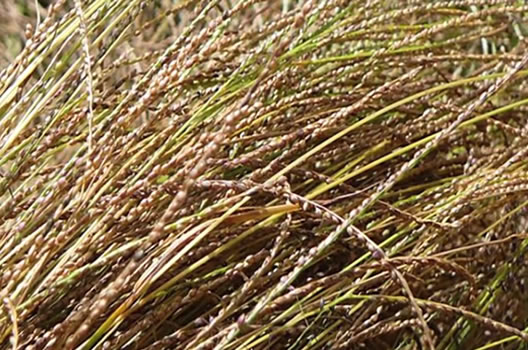
Black acha benefits
Most subsistence farmers store their harvest inside small granaries (capacity 1.5 loads or so) and 10-20 percent probably deteriorates or disappears prior to this tends to be eaten.
Before the foreigners came to Africa, fonio had a long and celebrated history on the continent. Arguably Africa's
oldest cultivated cereal, it once formed part of the staple diet of greater civilizations such as the ancient
Egyptians and the West African regions.
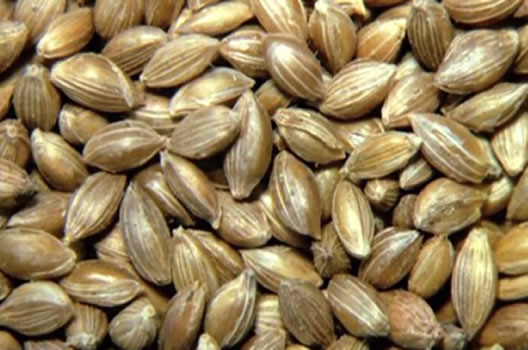
Black fonio benefits#2
In these well organised and enlightenment societies, fonio acha was deemed worthy to be taken to the afterlife. It was
among the scared grains selected to be buried inside the tombs.
Fonio was considered the seed of the universe, the grain at the root core of all existence.
Nowadays, many people in West African and around the world still prepare fonio beer and eat fonio as porridge (fonio porriadge).
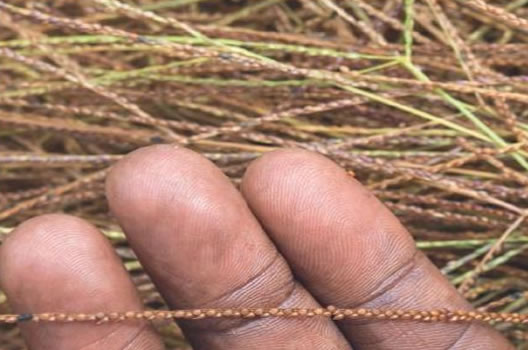
The fonio kernel structure of the grains
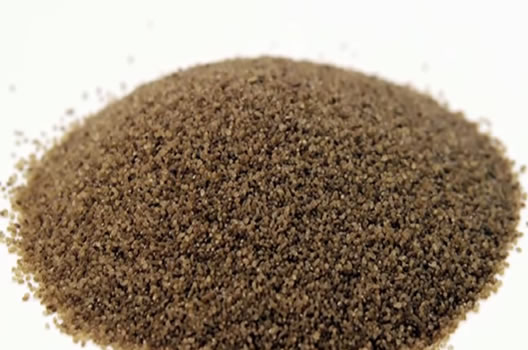
Black fonio benefits#3
Leaving little to waste as leftover fonio is combine to make straw with soil and water to be use for construction.
Foreigner's colonization of great motherland Africa is not the only reason acha fonio hasn't achieved widespread
popularity it deserve.
Preparing and transforming fonio into food is a tedious process and, until recently (in 1996 when Sanoussi Diakite,
an engineer and teacher invented the Fonio Husking machine), was all done manually, using large wooden mortars and pestles carved
out of tree trunks.
Fonio acha is the world's fastest-growing cereal. In low-rainfall regions, it can mature in 45-60 days and in high-rainfall
areas, its between 2 (two) and 4 (four) months.
Thanks to this fast growth, fonio is considered to be a life-saving bounty or okochi "hungry season", when barns are empty and
next season's harvest is not ready yet.
In the Sahel countries (comprising portions of ten (10) African countries, from left to right: {northern} Senegal, {southern}
Mauritania, {central} Mali, {northern} Burkina Faso, {southern} Algeria, {southwestern} Niger, {northern} Nigeria, {central} Chad,
{central} Sudan and {northern} Eritrea), where irrigation is nonexistence and farmers mainly rely on a short rainfall season for agriculture,
this is a real blessing.
Raw vs cooked food? Which is better? It is said that if you eat something raw, it will be better than cooked because when you cook it, it loses its energy.
This is not so. Never could that be. If you take something raw foods like turnips, carrots, beets, sun-dried food, sun fried food, these things are hybrid.
Whether you cook them or you eat them raw, you're not going to get any benefit from them because they are hybrids.
But if you take something natural, like fonio acha, teosinte, which is a plant that's natural, you cook it, you get energy. If you don't cook it you get energy. Why?
Because anything that's natural has energy and you cannot kill energy. It's displaced from one state to another. So, it doesn't matter.
You could take something natural - a natural root, and you could eat it raw and you get the energy. You can boil it; you get the energy.
You can burn it to an ash and grind the powder, and you put it in water... and you still get energy. As long as it is native plants, they grow through the process of photovoltaic. But hybrid plants like carrots, beets, turnips, etc. grow through the process of photosynthesis.
Native plants are electrical. So, yes, if it’s natural and native plants, you could eat it raw or cooked. You're going to get the same amount of energy. If it's unnatural, if you cook it or not, you're not going to get any energy.
According to the great master teacher Dr. Sebi (Alfredo Bowman - a true messenger of healer), if nature didn't make it dont take it.
Protein has no place in the human body because our body is electric. Electric Body, Electric Food. That's Chemical Infinity.
The general goal is to eat fruit, raw vegetables and fonio acha which align with your biological DNA structure. The human body is able to recognize
food in its most simple form (carbonhydrates, amino acids, and essential fatty acids). Complex structures of food are detrimental to the body of
human beings.
A side note on teosinte: Teocinte or Zea is the father of the corn. A gift from Mexico to the world – Teocinte is the original ancestor of modern corn.
Corn is a type of grass, so is rice. Strictly speaking, teosinte is on the bordering on being called maize, but it has a crappy looked prior to domestication or hybridizations.
Teocinte is natural and is alkaline, and is gluten-free. But, modern corn or maize is acidity and contain starch (gluten) which is chemical.
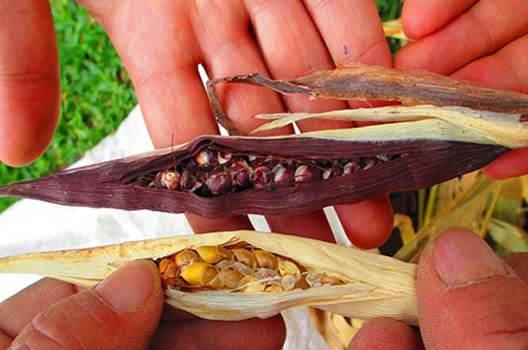
Teocinte is the father of the corn.
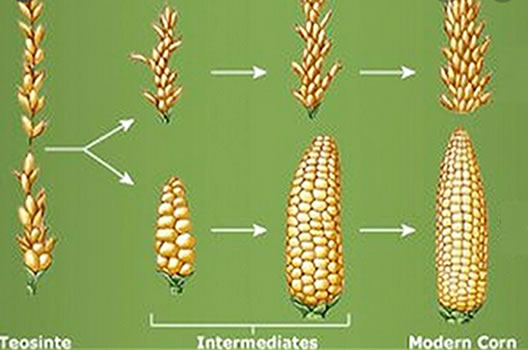
History of Teocinte to the Modern Corn.
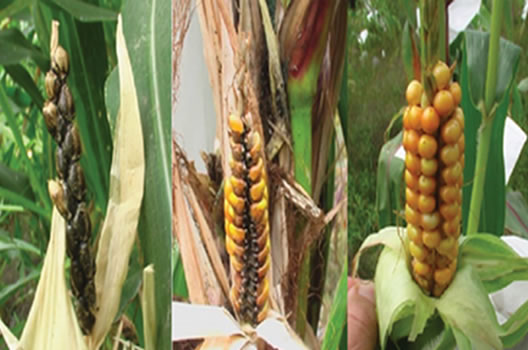
Teocinte to Intermediates to the Modern Corn.
